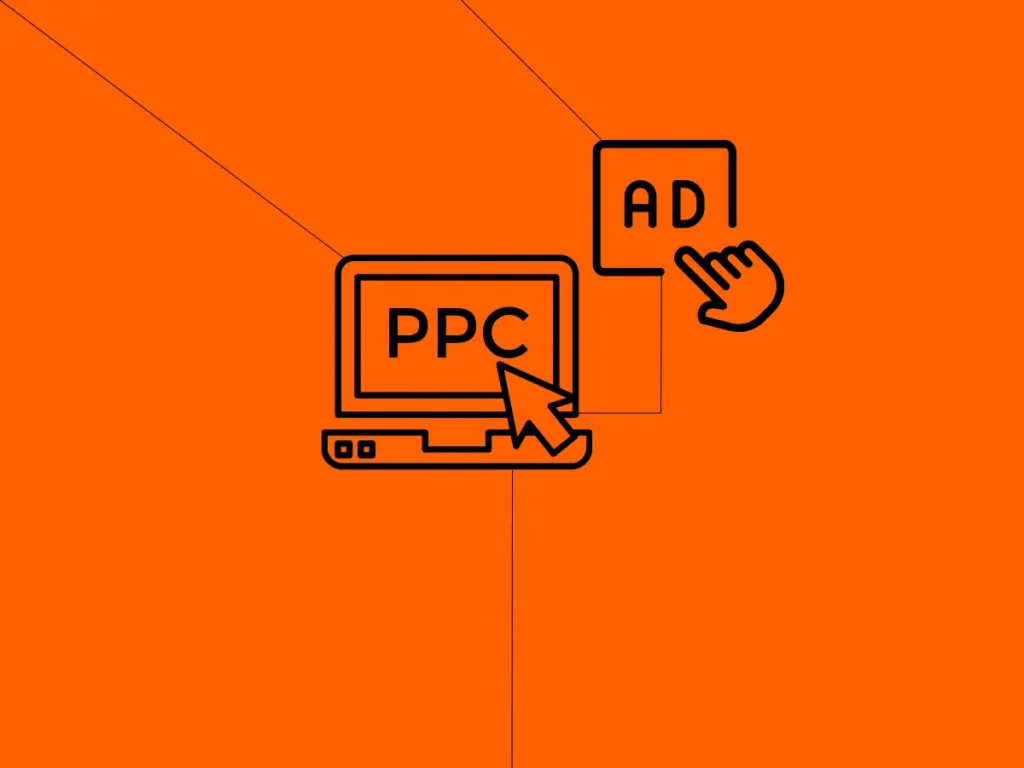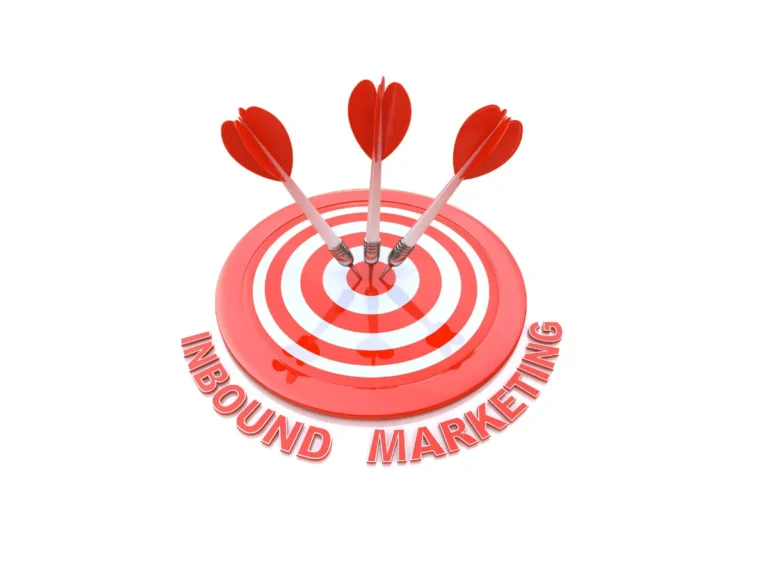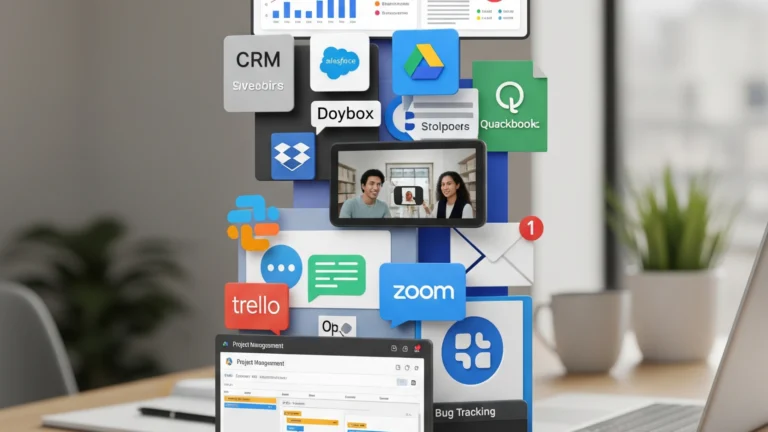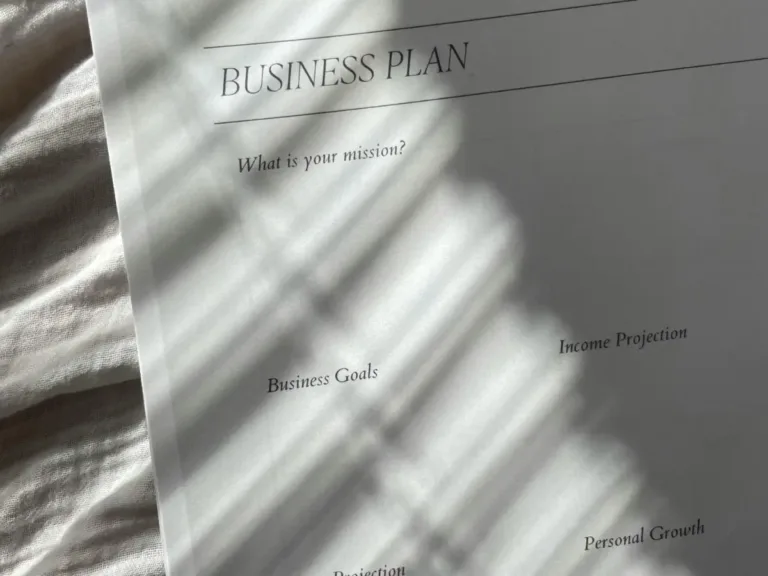
Imagine waking up tomorrow morning, checking your customer relationship management, and discovering a steady stream of qualified leads waiting for your attention. No cold calling marathons, no endless networking events, just potential customers who actively searched for what you offer and clicked directly to your business. This isn’t a pipe dream, it’s the reality that Pay-Per-Click Advertising creates for thousands of businesses every single day.
In today’s hyper-competitive digital landscape, waiting for organic traffic to build momentum feels like watching paint dry while your competitors sprint ahead. Pay-Per-Click Advertising offers something precious that traditional marketing can’t: immediate visibility and instant results. When someone types a search query related to your business, your ad can appear at the very top of search results within hours of launching your campaign.
Whether you’re a small business owner, startup founder, or digital marketer, this guide will break down how Pay-Per-Click Advertising can help you boost leads on demand, reach the right people, and ultimately increase your ROI. And the best part is that you don’t need a massive budget to get started.
What is Pay-Per-Click Advertising
Pay-Per-Click Advertising (PPC) is a digital marketing model where you only pay when someone clicks on your ad. That’s right, you don’t pay for impressions, only for results. You can run PPC campaigns on platforms like Google Ads, Facebook Ads, LinkedIn, and even YouTube.
For example, if you’re using Google Search Ads, your ad will appear when someone searches for a term relevant to your business, like “affordable SEO tools” or “best hair stylist near me.” And with the right setup, those clicks turn into leads.
Essential SEO Keywords for Lead Generation:
- Lead generation strategy
- Google Ads for small businesses
- Conversion-driven marketing
- Online advertising tips
- Sales funnel optimization
Why PPC Delivers Instant Results When You Need Them Most
While search engine optimization builds long-term organic visibility, PPC provides immediate market entry. This makes it invaluable for time-sensitive business objectives, including product launches, seasonal promotions, limited-time offers, and local service businesses that require a steady flow of leads.
The beauty of PPC lies in its controllability. If you need more leads this month, you need to increase your budget. If you want to test a new market, then you need to launch a targeted campaign. And if you experience seasonal slowdowns, you need to pause campaigns to conserve resources.
Smart businesses combine PPC with email marketing to create a comprehensive lead-nurturing system. The PPC campaign captures initial interest, while email sequences convert prospects into loyal customers over time.
How PPC Works in 3 Simple Steps
To truly boost leads through Pay-Per-Click Advertising, here’s how the process typically works:

Step 1: Choose the Right Keywords Strategically
Start by identifying the exact words and phrases your ideal customers type into search engines. Look for high-intent keywords that indicate readiness to buy, such as location-based terms (“web designer in Seattle”), urgency cues (“same-day delivery”), or specific product searches (“QuickBooks alternative”). These are the search terms most likely to drive results.
Step 2: Create Ads that Speak Directly to the Customer
Your ad copy is the link between what someone is searching for and the action you want them to take. Ensure it addresses their specific needs and highlights what makes your offer unique. A compelling, clear message with a strong value proposition can turn a glance into a click.
Step 3: Control Your Budget and Fine-Tune Bidding
You have full control over how much you spend each day. By setting daily budgets and adjusting your bids strategically, you can stay within your financial limits while still getting the best possible return on investment. It’s all about balancing cost with performance.
The result is laser-focused visibility among prospects who are actively seeking your products or services, creating a highly efficient lead generation system.
Writing Ads That Convert Clicks Into Leads
Your goal isn’t just to get clicks, it’s to turn clicks into customers. Here’s how to make that happen in your Pay-Per-Click Advertising campaigns:

- Implement Clear, Action-Oriented CTAs: Replace weak phrases like “learn more” with specific actions such as “Schedule Your Free Consultation,” “Get Instant Quote,” or “Claim 30% Discount Today.”
- Focus on Customer Benefits, Not Features: Transform feature-focused copy (“24-hour customer support”) into benefit-driven messaging (“Get help whenever you need it, day or night”).
- Build Trust Through Social Proof: Include credibility indicators like “Trusted by 10,000+ businesses,” “5-star Google rating,” or “Featured in Forbes” to reduce buyer hesitation.
Remember: High-converting ads ultimately deliver more qualified leads at lower costs, and maximize your advertising investment.
How to Target the Right Audience
Pay-Per-Click Advertising’s targeting capabilities transform mass marketing into personalized communication. Instead of hoping the right people see your message, you can strategically place ads in front of prospects who match your ideal customer profile.
Advanced Targeting Options Include:
- Geographic targeting (city, state, or radius-based)
- Demographic filters (age, gender, income level)
- Behavioral targeting (recent searches, website visits)
- Device and platform preferences
- Schedule-based delivery (business hours, weekends)
For maximum lead quality, focus on bottom-of-funnel keywords that indicate immediate purchase intent. These include phrases like “buy online,” “hire [service] near me,” “best [product] for [specific need],” and “schedule appointment.”
These high-intent keywords typically convert at higher rates, delivering more qualified leads for your investment, especially when paired with a well-executed paid advertising strategy. If you’re looking to maximize ROI through targeted campaigns, Techdella’s Paid Advertising service is designed to help you capture and convert those ready-to-buy customers.
Effective Budgeting Strategies for Pay-Per-Click Advertising
Effective Pay-Per-Click Advertising doesn’t require enormous budgets, it requires strategic allocation of available resources. Small businesses can launch successful campaigns with daily budgets as low as $10-20, scaling investment as results improve.
Budget Optimization Best Practices:
- Track Conversions, Not Just Clicks: Focus on metrics that directly impact revenue, such as form submissions, phone calls, and actual sales.
- Implement Continuous Testing: Run A/B tests on ad copy, landing pages, and targeting options to identify top-performing combinations.
- Ensure Message Consistency: Align ad copy with landing page content to improve conversion rates and reduce bounce rates.
Leverage Keyword Research Tools:
- Google Keyword Planner for search volume data
- Ubersuggest for competitor keyword analysis
- SEMRush for comprehensive market research
These tools help identify high-opportunity, low-competition keywords that deliver better results within budget constraints.
FAQ About Business Growth vs. Scaling
Final Thoughts
If your goal is to generate leads quickly and consistently, Pay-Per-Click Advertising is one of the most powerful tools at your disposal. It offers flexibility, control, and fast results. Whether you’re in eCommerce, coaching, real estate, or SaaS, if you have something valuable to offer, PPC can help you reach the people who need it. And if you’re wondering how to make it work specifically for your business, you can book a quick discovery call to explore the right strategy with our team.





